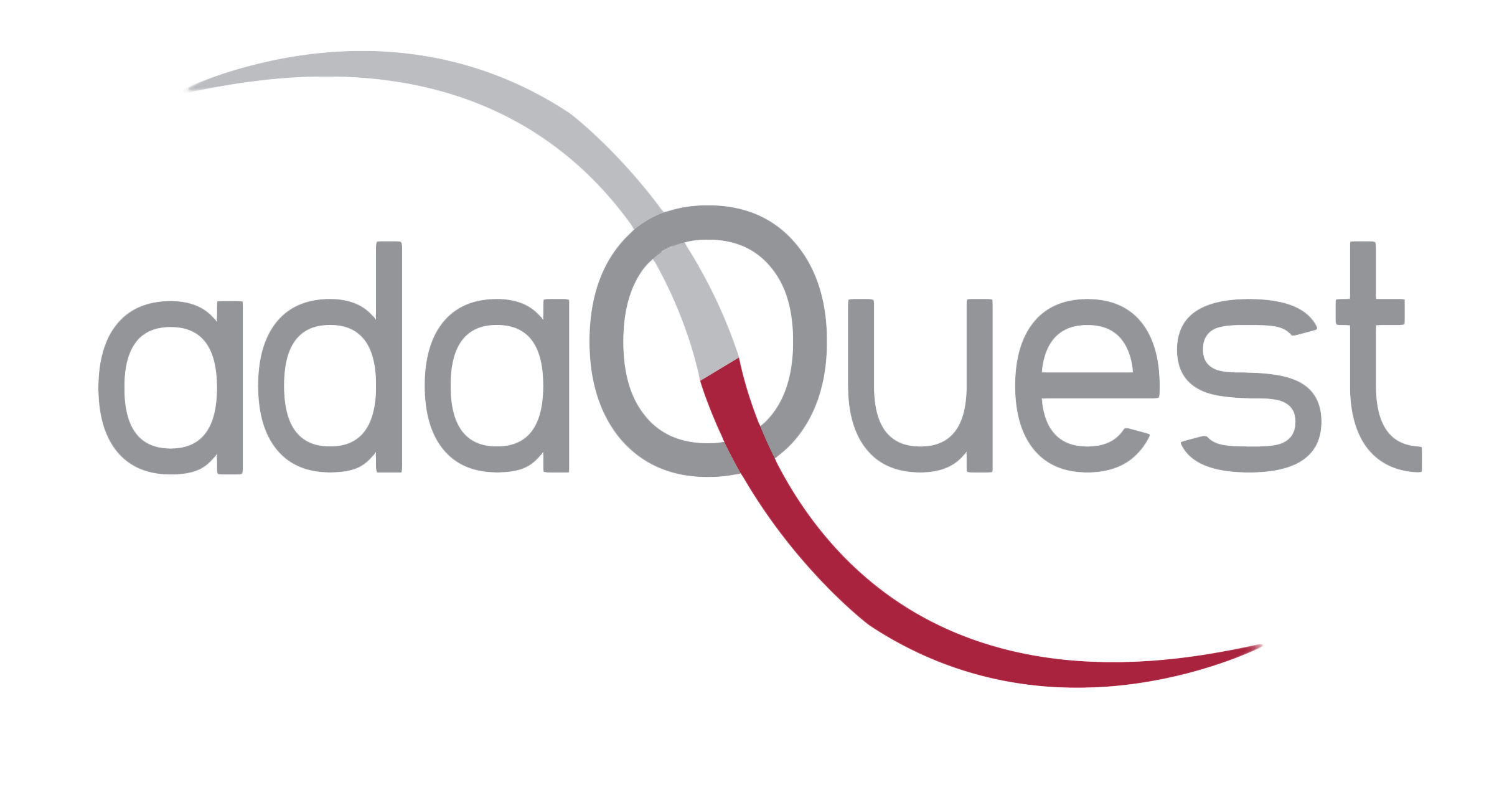
30 Jul What are Sharepoint Workflows?
You can think of workflows as the chain of events that happens after you do something with a file or document that lives in your SharePoint environment.
Think of SharePoint workflows as little mini-programs that run within your SharePoint environment, ranging from collecting signatures to tracking statuses, workflows are designed to save you both time and effort, while also bringing consistency and efficiency to tasks that your organization performs on a regular basis.
Take a look at these five commonly used Workflows that can be set up within SharePoint:
1. Approval Workflows
This is the most common type of workflow within SharePoint. It allows you to start an approval chain the moment a document is uploaded into SharePoint.
How You Can Use It: Let’s say your sales team sends out a proposal to their clients, but before they do, that the proposal needs to go through an approval process. For example, the sales associate prepares the proposal, then sends it to the project team (who will be doing the work) to approve, then it gets sent to their sales manager to approve. From there, it’s sent to the director to review and finally approve the document. Rather than having to keep track of all of this manually, Approval Workflows would be able to automate this approval chain all without leaving SharePoint.
2. Status Workflows
Status Workflows allow you to automate the status of documents as they’re uploaded to SharePoint, and, based on the conditions set, automatically changes the status based on what happens to that document.
How You Can Use It: Using the sales team example above, let’s say that the sales associate who’s prepared the Statement of Work uploads the document to SharePoint. A Status Workflow would automatically tag that document as a “draft”. Then, after it’s reviewed by the project team, the Status Workflow would automatically change that document to “being reviewed”. When the sales manager reviews the document, the tag gets automatically changed to “read”. Then, when the sales director gets the document, they can either approve the document (in which case, the status could change to “approved”), or they can decline the document (in which case, the status would get changed to “declined”).
3. Notification Workflows
Once a condition has been met within your SharePoint environment, Notification Workflows will send a notification (for example, an email) to the assigned members of your organization, prompting them to take some sort of action.
How You Can Use It: Your sales manager uploads their monthly sales report to SharePoint. Because of the Notification Workflow in place, this triggers a notification email to be sent to the Sales Director informing her/him that the monthly sales report has been uploaded.
4. Automation Workflows
Automation Workflows allow you to be able to automate certain actions based on what’s happening within your SharePoint environment. It typically piggy-backs off the other workflows that have been described above.
How You Can Use It: Let’s go back to the example we used in the Status Workflow section. Sales associates upload a proposal into a folder called “Proposal – Drafts” as it’s going through the approval process. Once your sales director has looked at it and has decided to approve it, though, it needs to move into another folder called “Statements of Work – Published.” Rather than having to manually move that document from the “Draft” to “Published,” an Automation Workflow could be set up to automatically move that document for you.
5. Custom Workflows: the “Workflow Catch-All”
Of course, once you figure out what these types of Workflows can do for your organization, you’re likely to want to do more than one of them – maybe even a combination of all four! Custom Workflows allow you to create your own mini-program within SharePoint.
SharePoint helps open your organization to many possibilities, and automating any part of your process improves efficiency within your organization.
Need help with SharePoint Workflows? Contact us today to get started your journey!



Sorry, the comment form is closed at this time.